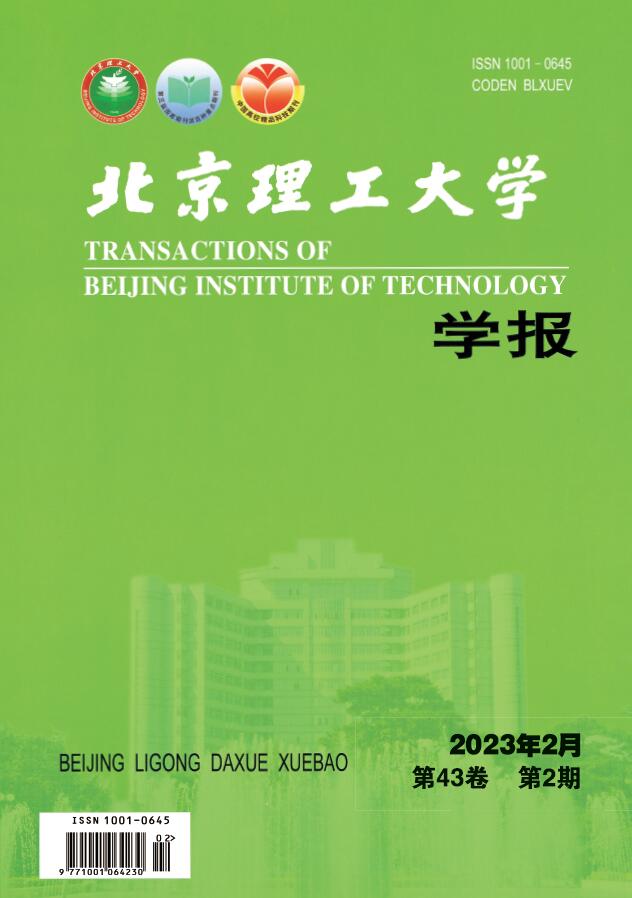2018 Vol. 38, No. 11
Display Method:
2018, 38(11): 1101-1104,1140.
doi:10.15918/j.tbit1001-0645.2018.11.001
Abstract:
2018, 38(11): 1105-1110.
doi:10.15918/j.tbit1001-0645.2018.11.002
Abstract:
Teeth Profile Design and Meshing Force Analysis of the Swing Output Cam Mechanism with Movable Teeth
2018, 38(11): 1111-1119.
doi:10.15918/j.tbit1001-0645.2018.11.003
Abstract:
2018, 38(11): 1120-1125.
doi:10.15918/j.tbit1001-0645.2018.11.004
Abstract:
2018, 38(11): 1126-1133.
doi:10.15918/j.tbit1001-0645.2018.11.005
Abstract:
Surface Reconstruction of Complex Shapes Based on Free Form Deformation and External Axes Projection
2018, 38(11): 1134-1140.
doi:10.15918/j.tbit1001-0645.2018.11.006
Abstract:
2018, 38(11): 1141-1148.
doi:10.15918/j.tbit1001-0645.2018.11.007
Abstract:
2018, 38(11): 1149-1155.
doi:10.15918/j.tbit1001-0645.2018.11.008
Abstract:
2018, 38(11): 1156-1162,1176.
doi:10.15918/j.tbit1001-0645.2018.11.009
Abstract:
2018, 38(11): 1163-1167.
doi:10.15918/j.tbit1001-0645.2018.11.010
Abstract:
2018, 38(11): 1168-1176.
doi:10.15918/j.tbit1001-0645.2018.11.011
Abstract:
2018, 38(11): 1177-1181.
doi:10.15918/j.tbit1001-0645.2018.11.012
Abstract:
2018, 38(11): 1182-1187,1204.
doi:10.15918/j.tbit1001-0645.2018.11.013
Abstract:
2018, 38(11): 1188-1192.
doi:10.15918/j.tbit1001-0645.2018.11.014
Abstract:
2018, 38(11): 1193-1197.
doi:10.15918/j.tbit1001-0645.2018.11.015
Abstract:
2018, 38(11): 1198-1204.
doi:10.15918/j.tbit1001-0645.2018.11.016
Abstract:
2018, 38(11): 1205-1210.
doi:10.15918/j.tbit1001-0645.2018.11.017
Abstract:


